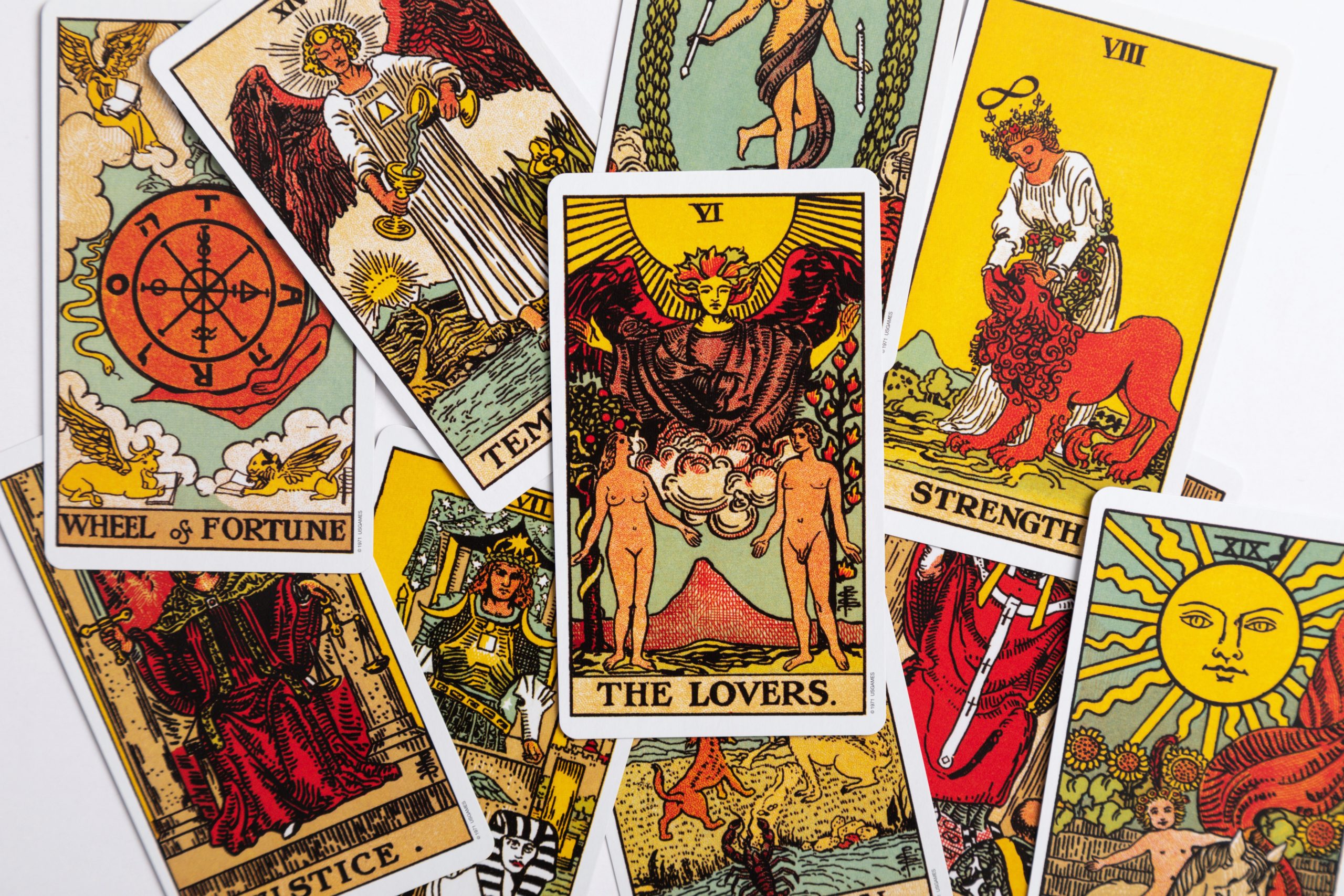Where Did Tarot Cards Come From?
Tarot cards are often associated with mysticism, divination, and supernatural practices. With their intricate illustrations and rich symbolism, these cards have fascinated people for centuries. But have you ever wondered where tarot cards come from? The origins of tarot cards are shrouded in mystery, but historians and scholars have traced their roots back to several fascinating origins.
The Tarot’s Ancient Beginnings
The history of tarot cards can be traced back to ancient times, with some evidence suggesting that the origins may lie in ancient Egypt and China. However, the most widely accepted theory points to the 14th century as the starting point of tarot cards as we know them today.
In the 14th century, playing cards became popular in Europe, spreading from Islamic countries to Italy, Spain, and the rest of the continent. These early playing cards were hand-painted, luxurious items that were primarily enjoyed by the wealthy members of society.
During the Italian Renaissance, tarot cards evolved from being purely playing cards to tools of divination and occult practices. The Visconti-Sforza deck, created in the mid-15th century, is one of the oldest surviving tarot decks and provides valuable insight into the early symbolism and iconography of tarot cards.
The Tarot’s Connection to Tarocchi
Another critical milestone in the development of tarot cards is their connection to the game of tarocchi, a trick-taking card game played in Europe. Tarocchi decks were larger, containing 78 cards, compared to the standard 52-card playing deck. These decks included both the familiar playing cards with suits (cups, swords, coins, and clubs) and additional “triumph” cards or “trumps.”
Over time, the triumph cards began to take on symbolic representations, often featuring allegorical figures, celestial bodies, and other esoteric symbols. These triumph cards formed the basis for the Major Arcana in modern tarot decks, consisting of 22 cards with powerful symbolism and archetypal energies.
The Mysterious Tarot of Marseilles
One of the earliest and most influential tarot decks is the Tarot of Marseilles. Created in the 18th century, this deck became the foundation for many subsequent tarot decks. The Tarot of Marseilles featured simplified illustrations compared to earlier decks, making it more accessible to a broader audience.
Although the origins of the Tarot of Marseilles are uncertain, it is widely believed to have been heavily influenced by the symbolism and esoteric teachings of various secret societies of the time, including the Freemasons and the Rosicrucians.
The Hermetic Order of the Golden Dawn
In the late 19th century, a secret society known as the Hermetic Order of the Golden Dawn emerged in England. This esoteric organization played a significant role in popularizing tarot cards and establishing the tarot’s connection to mystical and metaphysical practices.
The members of the Golden Dawn, including influential occultists such as Aleister Crowley and Arthur Edward Waite, developed new tarot decks that emphasized both the symbolism of the Major Arcana and the use of tarot for divination purposes.
Waite’s tarot deck, known as the Rider-Waite-Smith deck, remains one of the most popular and widely used tarot decks in the world today. Its illustrations, created by artist Pamela Colman Smith, have become iconic and have influenced the design of countless subsequent tarot decks.
Tarot Today: From Divination to Self-Reflection
In contemporary times, tarot cards have gained widespread popularity as tools for self-reflection, personal growth, and intuitive guidance. Many people use tarot cards as a means of tapping into their subconscious mind, exploring their emotions, and gaining clarity on various life situations.
Tarot readers may use different spreads and interpretations to provide insights into different aspects of life, such as relationships, career, spirituality, and personal development. The cards are seen as mirrors that reflect the energies and patterns at play in a person’s life, helping them navigate through challenges and make empowered choices.
In Conclusion…
Tarot cards have a rich and mysterious history that spans centuries. From their humble beginnings as playing cards in 14th century Europe to their role as tools of divination and self-reflection today, tarot cards have captivated and inspired countless individuals worldwide.
The symbolism and artistry of tarot cards continue to evolve, with new decks being created to explore different themes and perspectives. Whether you see tarot as a mystical practice or a tool for storytelling, there is no denying the enduring allure and intrigue of these ancient cards.
Table of Contents
